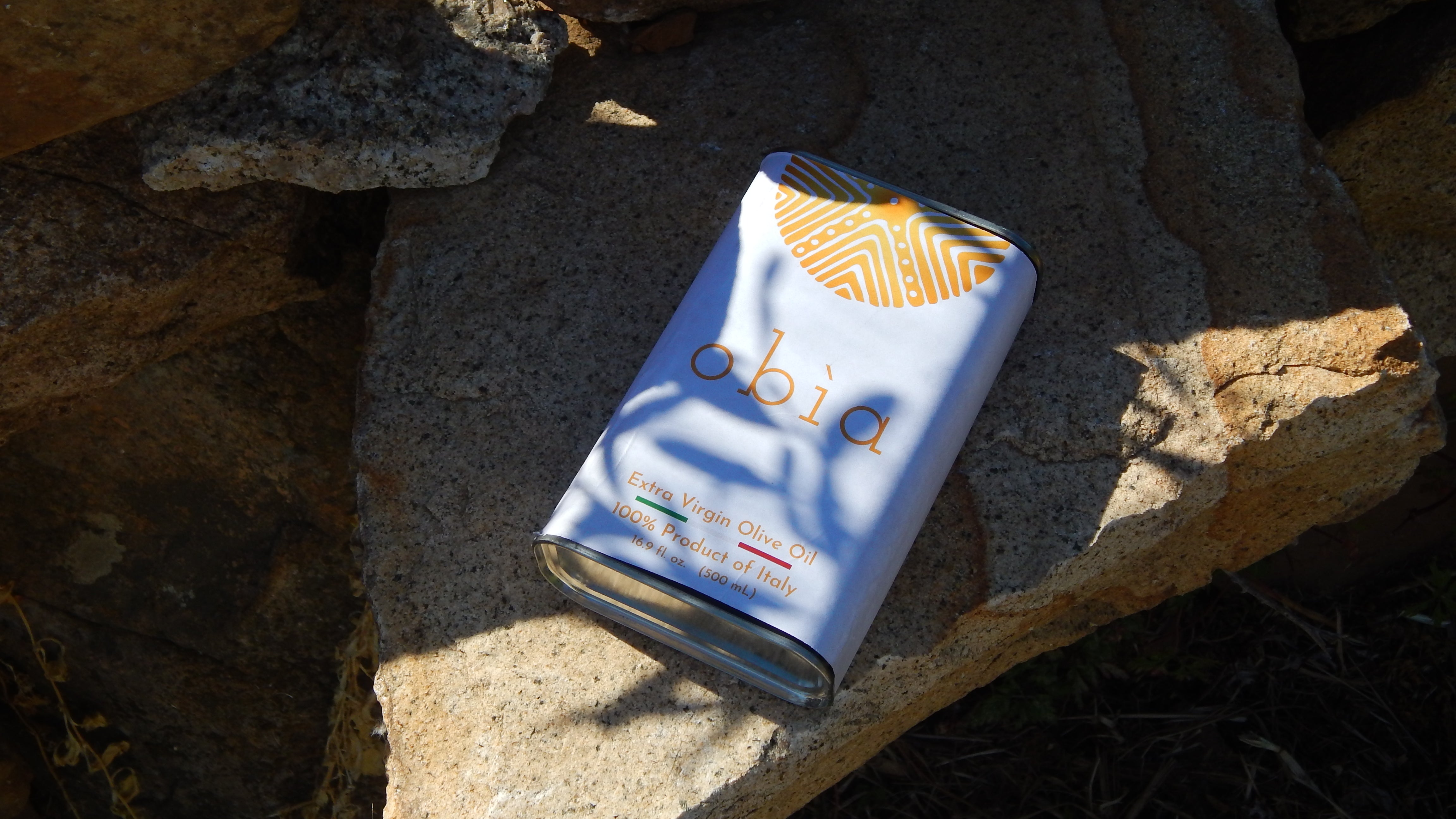Unveiling the Blue Zone's Culinary Treasure: Malloreddus, a Traditional Sardinian Recipe
Embark on a journey through the heart of the Blue Zone as we explore the centuries-old history of malloreddus, a quintessential Sardinian recipe that encapsulates the secrets of longevity.
Ancient Roots in the Blue Zone
Malloreddus, also known as gnocchetti sardi, traces its origins to the heart of Sardinia, a region celebrated for its Blue Zone communities, where the art of living a long and healthy life has been perfected. The pasta, shaped by the hands of generations, mirrors the resilience and vitality of the Sardinian people.
Sardinian Recipe Crafted for Longevity
More than a dish, malloreddus is a Sardinian culinary emblem, enjoyed during festivities and daily gatherings. Rooted in simplicity and crafted from local ingredients, this pasta aligns seamlessly with the Blue Zone lifestyle, emphasizing wholesome, nourishing recipes that stand the test of time.
A Symbol of Sardinian Identity
Malloreddus is more than a meal; it's a symbol of Sardinian identity. The pasta's traditional preparation methods and use of local ingredients showcase the island's dedication to preserving its culinary legacy—a legacy deeply rooted in the principles of the Blue Zone.
As you savor fresh homemade malloreddus, you're not just indulging in a dish; you're immersing yourself in the history of a Blue Zone, where every bite is a celebration of longevity, tradition, and the exquisite flavors of Sardinia.

Homemade Malloreddus
45 min
5
4 pers
Pasta
Sardinia
Ingredients
- 3 ⅔ Cups Semolina Flour Grano Duro
- 1 tsp Salt
- A Pinch of Saffron
- 1 Cup Water
Equipment
-
If you don't have a gnocchi board, you can use a fork.
Directions
Step 1
Heat 1 Cup water in a small pan with 1 tsp of salt until the salt dissolves and water is warm (but not boiling).
Step 2
Put the Semolina Flour in a large mixing bowl and whisk in the saffron. Add the water slowly and while simultaneously mixing with a fork, and finish incorporating the water with your hands until you have a ball of dough.
Step 3
Transfer the dough to a work surface and knead the dough for 10 minutes. After 10 minutes, the pasta should be smooth and soft.
Step 4
Wrap the dough in cling film and let it rest for 20 to 30 minutes.
Step 5
After resting, cut a ⅛ piece of dough and wrap the remaining dough in cling film.
Step 6
Roll out the piece of dough with your hands until it forms a cord about a centimeter thick.
Step 7
With a sharp knife, cut pieces of dough of about 1 cm, until the cord runs out.
Step 8
Holding the rigagnocchi board (or fork) on the table or inclined, pass the dough cubes down with a finger, pressing them on the board, so as to scratch and curl the gnocchi on itself. The dumpling will slide off easily, without sticking to the dumpling board or your hands.
Step 9
Once you have prepared all the malloreddus made from the cord, sprinkle the malloreddus with a little durum wheat semolina and transfer them to a cutting board dusted with semolina.
Step 10
Continue until you use up all the dough, always leaving the unused dough wrapped in cling film.
Step 11
At this point, the homemade Sardinian Malloreddus can be frozen or cooked, but first let them dry for at least 30 minutes.
To Freeze
Once placed on the floured cutting board, place them in the freezer with the entire cutting board and let them freeze for a couple of hours. After they are frozen, transfer the malloreddus into a freezing bag, close them tightly and put them back in the freezer.
To Cook
Bring some water (salted) to a boil and, when it boils, pour in the (fresh or frozen) gnocchi and wait for them to come back to the surface. At that point, wait another moment, then remove them with a slotted spoon.
How to Serve Malloreddus
Malloreddus are traditionally served with Sardinian Ragù, but you can also use your favorite pasta sauce!

The Blue Zone Connection
Malloreddus, the a staple of the Sardinian diet, shares a profound connection with the Blue Zone, where communities thrive with exceptional longevity. Rooted in the heart of Sardinia, malloreddus reflects the essence of the Blue Zone lifestyle—an amalgamation of wholesome ingredients, time-honored culinary traditions, and a Mediterranean way of life.
Semolina Makes the Difference
Semolina flour, made from durum wheat, is a nutritious and satiating choice for pasta, including malloreddus. Its health benefits contribute to a satisfying healthier lifestyle in several ways. First, semolina is rich in protein, which promotes a feeling of fullness and helps control appetite, supporting weight management. Additionally, semolina has a low glycemic index, leading to a gradual rise in blood sugar levels and sustained energy, preventing rapid spikes and crashes. The high fiber content in semolina aids digestion, promoting a sense of fullness by slowing the absorption of nutrients. This not only supports digestive health but also contributes to prolonged satiety. Furthermore, semolina contains essential nutrients like iron, magnesium, and B vitamins, enhancing the overall nutritional value of malloreddus. By choosing semolina flour, malloreddus becomes a wholesome and filling option, aligning with a balanced and satisfying approach to pasta consumption.

In Sardinia, the act of enjoying malloreddus extends beyond a culinary experience; it embodies a cherished tradition of gathering with loved ones. This Sardinian pasta, often prepared during family gatherings and special events, becomes a conduit for shared moments and connection. The communal process of crafting malloreddus fosters bonds among generations. The significance lies not just in the delectable dish itself but in the act of coming together, reinforcing the cultural importance of family ties, unity, and the joy found in shared meals. The simple pleasure of savoring malloreddus becomes a celebration of love, togetherness, and the enduring traditions that define the heart of Sardinian life.






Leave a comment